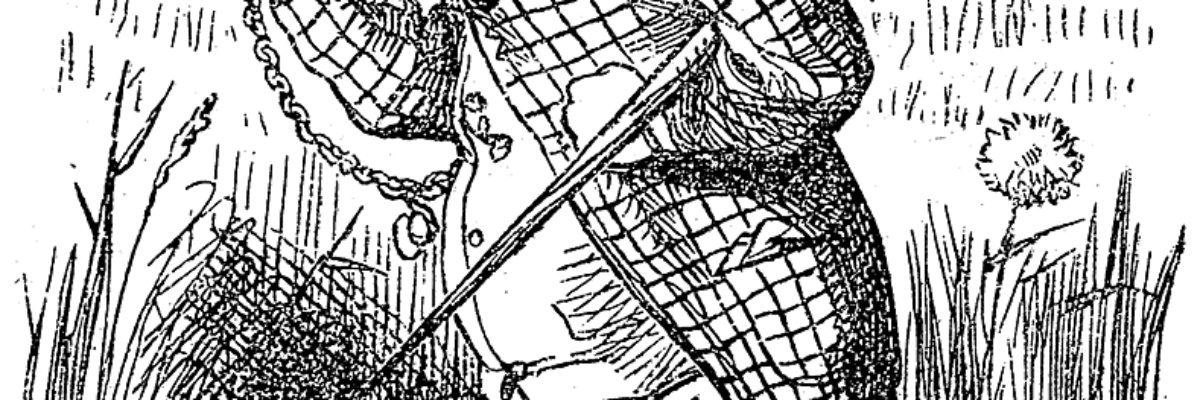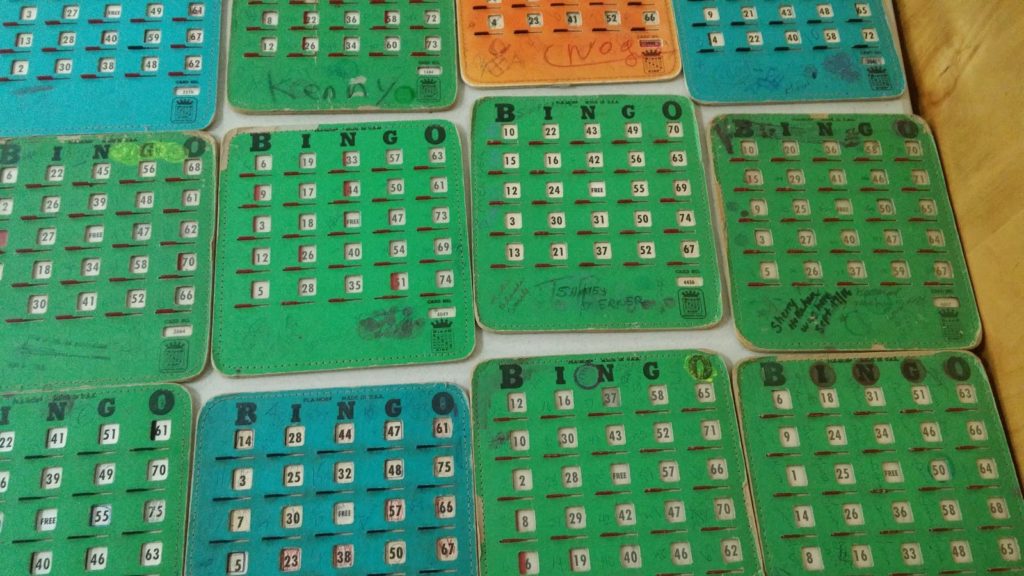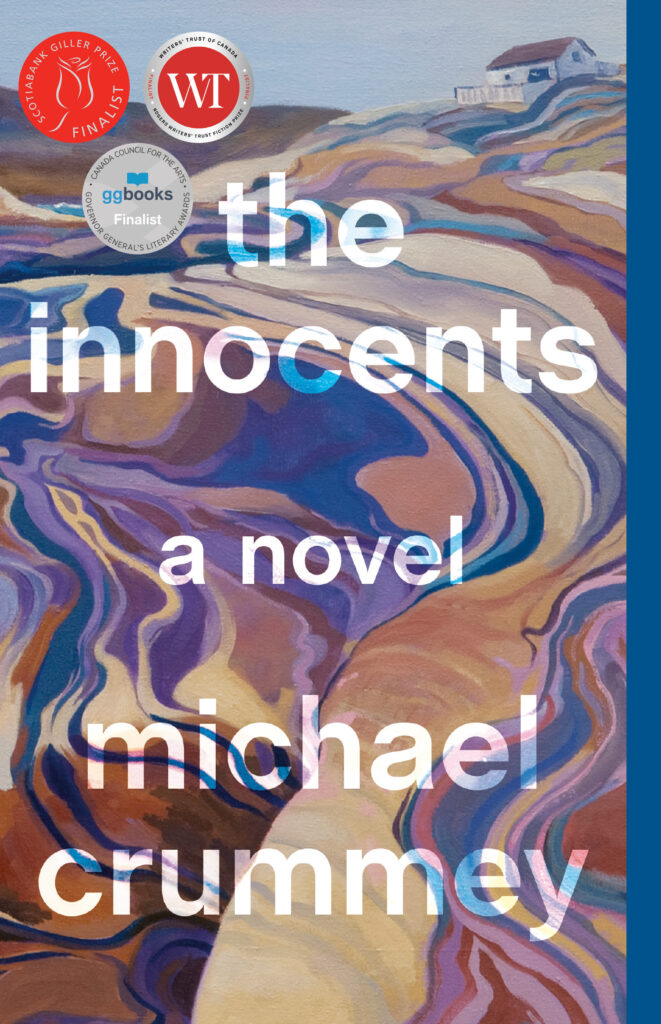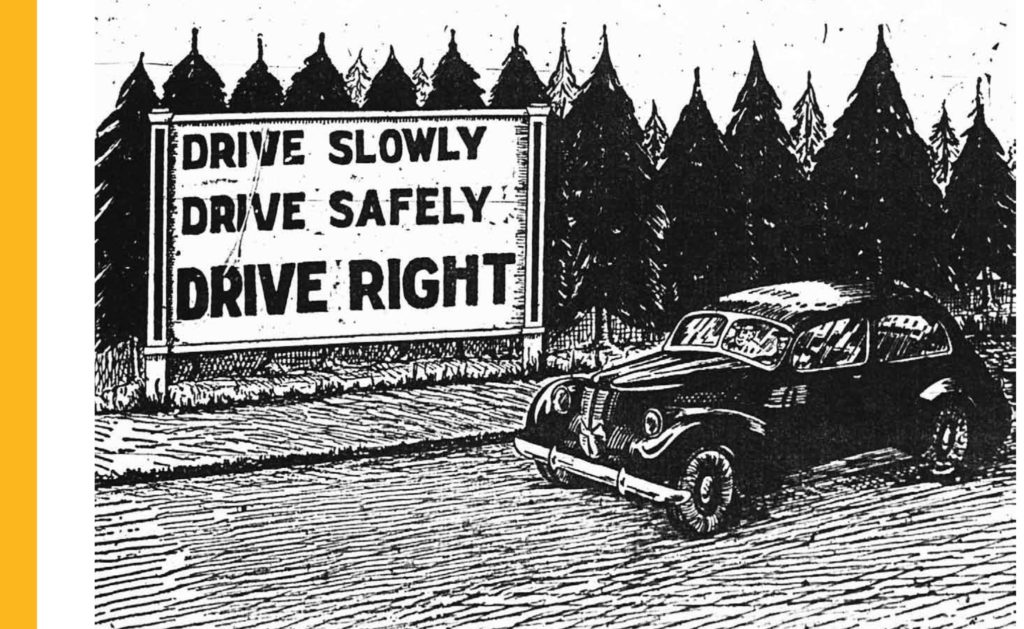From Newfoundland and Labrador to Sam Spade: A Wikipedia Travelogue
BY NQ
January 2020
The second in a three-part series on Wikipedia
By Jenny Higgins
When Lewis Carroll published Alice’s Adventures in Wonderland in 1865, he forever changed the way we think about rabbit holes. More than a century later, kids like me were still keeping our eyes peeled for them. Wonderland, I decided, was my kind of place. I came from a long line of tea drinkers. I had a way with cats. My family owned a croquet set. I was ready.
Today, the figurative use of the term rabbit hole has become even more widespread, thanks in large part to the internet. It’s taken on a second meaning, too. No longer just entranceways to surreal adventure, rabbit holes are also doorways to rambling curiosity. The internet is the perfect place for rabbit holes, because all manner of information is a quick click away.
Wikipedia has become so closely associated with this, that there are new terms (and a Wikipedia page) to describe it: the wiki rabbit hole, the wikihole, the wiki black hole. I have read articles about it in The Washington Post, The Atlantic, The New Yorker, BuzzFeed, and Slate Magazine. Rabbit holes appear on Wikipedia in the form of blue links. Irresistible and omnipresent, blue links are to Wikipedia what qv (quod vide: see also) is to print encyclopedias.
Most of us have done it: visited Wikipedia to look up one thing (“Real fast,” you think to yourself), but one hour and several clicks later, you’re still reading. Maybe you’ve done a deep dive into the original topic, but you’ve probably strayed so far afield that it’s hard to believe a small series of clicks can possibly unite the two topics. And yet it does.
My most recent trip down the wikihole brought me from “The History of Newfoundland and Labrador” to “Sam Spade” in just six clicks. It started simply enough: I was in the mood to do some editing on Wikipedia, so I visited its article about the history of Newfoundland and Labrador. “I’ll add a few citations,” I thought. “Maybe insert an image.” Instead, I succumbed to the delight of the sidetrack.
It all began in the article’s table of contents. My eye was drawn to a tantalizing subsection called “vintage histories and year books.” Aware that I was entering the wikihole, I decided to document the journey. Here’s what happened:
- Among the vintage histories was a book called Newfoundland: Its History and Present Condition, published in 1883 and written by Joseph Hatton and Moses Harvey. Wikipedia provided an external link to the entire text, but I was more interested in the internal blue link to Moses Harvey. Click number one.
- For several years now, Harvey has been on my “List of Interesting Topics to Possibly Write About.” This man is so fascinating that a giant squid was named after him: Architeuthis harveyi. Wikipedia’s article about Harvey is short and needs more citations. It does, however, have an image of the squid, and the caption reads: “The first complete specimen of a giant squid, shown in Moses Harvey’s bathtub.” It’s a Carrollesque scenario. For a moment, I am tempted to linger and expand the article, but Architeuthis harveyi is in blue, which makes it click number two.
- Architeuthis harveyi redirects me to Wikipedia’s article about the giant squid. It’s a long and interesting read, accompanied by about a dozen striking images, including the picture from Harvey’s page. Here, it has a slightly different caption: “Giant squid from Logy Bay, Newfoundland in Reverend Moses Harvey’s bathtub, November/December 1873.” The article ends with a small section about cultural depictions of the giant squid, where a few blue links catch my eye: Moby Dick, Twenty Thousand Leagues Under the Sea, the kraken in popular culture. But Dr No is the one that becomes my third click.
- I was addicted to James Bond in high school. I loved it for the cheesiness, which is why Roger Moore was my favourite Bond. It’s two decades later, though, and I can no longer remember a giant squid in Dr No. I decide to investigate. In the subsection “Plot” I learn (spoiler alert!) that “Bond’s ordeal ends in a fight with a captive giant squid, which he defeats by using improvised weapons.” Ho-hum. Just another day in the Bondverse. Further down is a section about Ian Fleming’s writing style. There is an irresistible blue link to the Golden Age of Detective Fiction. Click four.
- I grew up reading Agatha Christie. A few years ago, the British Library began publishing out-of-print crime novels from the Golden Age of Detective Fiction (generally the 1920s and 1930s), which rekindled my interest in the genre – so much so that I’ve started work on my own whodunit, set in Newfoundland circa 1925. But I am a nonfiction writer, so the progress is slow and the text, I suspect, abysmal. The Wikipedia article has some helpful tips for writers, though, including the “Ten Commandments” of the whodunit. Number three encapsulates the sheer delight of the genre: “Not more than one secret room or passage is allowable.” In the article’s final subsection, “Enduring influence,” is the following sentence: “Current writing influenced by the Golden Age style is often referred to as “cosy” mystery writing, as distinct from the “hardboiled” style popular in the United States.” Fifth click located.
- Can anyone who loves Humphrey Bogart resist a Wikipedia article called “Hardboiled”? I’m not a big fan of noir fiction, but I do love the film adaptations. “Hardboiled” brought me to my sixth click: Sam Spade.
A maximum of six clicks separate the history of Newfoundland and Labrador from Sam Spade. I enjoyed my trip down the wikihole and picked up some new information along the way. I have spent a similar amount of time scrolling through Facebook and Twitter feeds, but I usually end that experience feeling zombified. When I emerged from the wikihole, my imagination was pleasantly abuzz with secret passages, giant squids, Moses Harvey, and the beautifully bizarre interconnectedness of all things.
A global fascination with wikiholes and interconnectivity has given rise to a game called Wikiracing. It’s like Six Degrees of Kevin Bacon, but for Wikipedia. Players are given a start page and an end page (the less related the better); the winner is whoever finds the shortest pathway of clicks connecting the two. It’s not as brain dead as it might sound, because players must read (or at least do a good scan of) the articles to get a sense of how to proceed.
I can even see this as a fun classroom exercise: begin, for example, at “Music of Newfoundland and Labrador” and end at “Darwin.” Perhaps students could submit one interesting fact from each article, with bonus points for any misinformation identified. As a group exercise, the class could then research (using quality sources) and correct the misinformation on Wikipedia.
(In case you are curious, this was my route: Music of Newfoundland and Labrador -> Émile Benoît -> National Film Board of Canada -> Ladies and Gentlemen … Mr Leonard Cohen -> Irving Layton -> Darwin. Not a bad series of articles to read through.)
Jenny Higgins, MUN’s Wikipedian-in-residence, is also a researcher and award-winning author whose most recent book, Agnes Ayre’s ABCs of Amazing Women, was published by Boulder Books.




